HP HPE6-A40 Aruba Certified Mobility Expert 6.4 Online Training
HP HPE6-A40 Online Training
The questions for HPE6-A40 were last updated at Oct 29,2025.
- Exam Code: HPE6-A40
- Exam Name: Aruba Certified Mobility Expert 6.4
- Certification Provider: HP
- Latest update: Oct 29,2025
Refer to the exhibit.
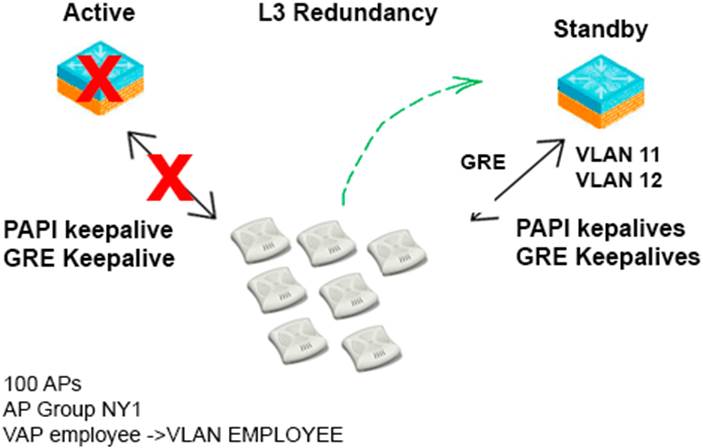
The network shown in the exhibits is configured with an active and standby controller that uses Layer 3 redundancy for AP termination. There are 100 APs provisioned into the AP Group NY1. The active local controller fails and the APs terminate on the standby local controller. Centralized licensing is enabled on the controller cluster with capacity for 100 APs. The WLAN clients are not able to SSID.
What could be the source of the problem?
- A . The VLAN mapping is not configured on the standby local controller.
- B . There are not enough licenses on the standby local controller to support the APs
- C . The IP helper address on the interface VLAN is not configured on the standby local controller.
- D . The uplink trunk of the standby controller does not permit the user VLANs for the SSID Layer 3 deployment.
Refer to the exhibits on the tabs.
Exhibit 1
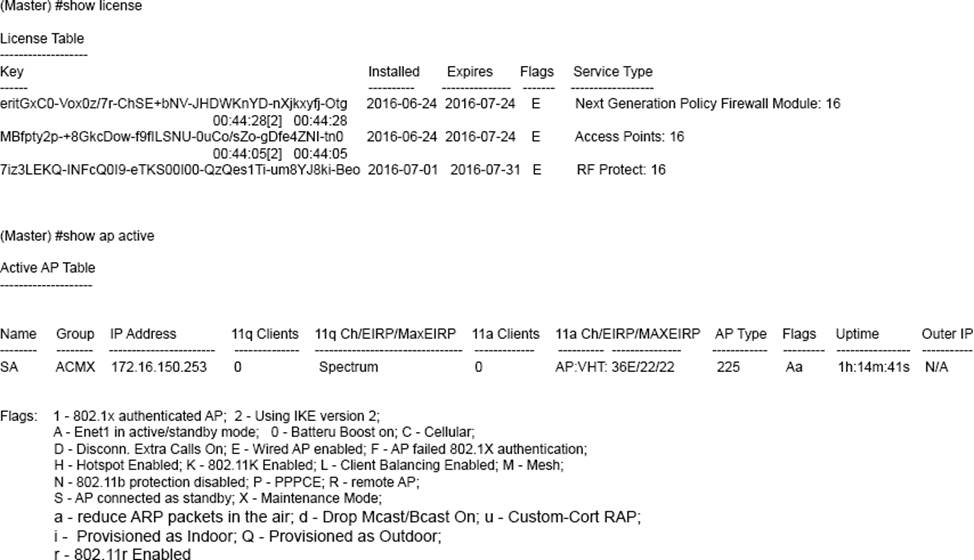
Exhibit 2
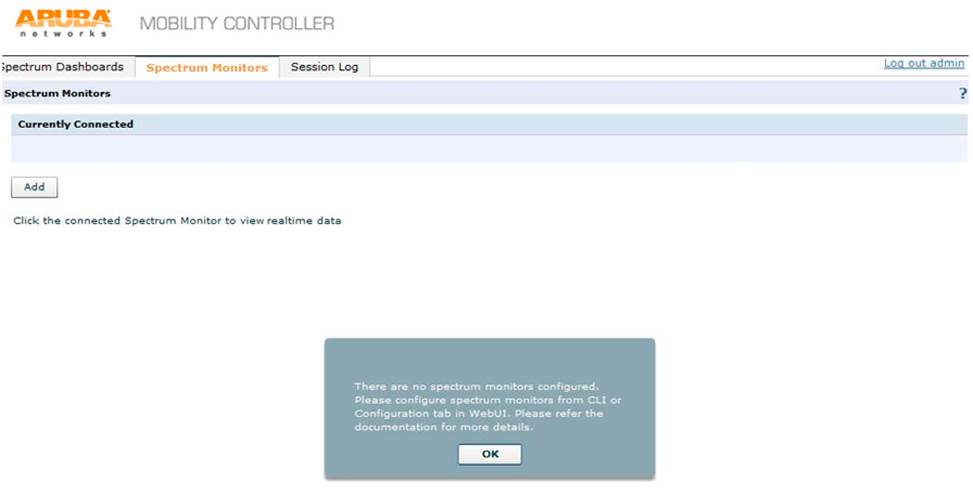
A network engineer needs to deploy a Spectrum Analyzer (SA) and then monitor the 2.4Ghz and 5Ghz spectrum. As per the requirement, the engineer is able to convent some APs into SA temporarily, but when the engineer monitors the spectrum through the controller there are issues.
Based on the information shown in the exhibits, what is the issue?
- A . The engineer needs to disconnect the g radio in the current configuration and then connect the a radio.
- B . The engineer needs to put the a radio also in spectrum mode before it can be added.
- C . The engineer cannot add the a radio in spectrum mode because this mode only supports the g radio.
- D . The engineer cannot add the a radio due to improper licensing.
Refer to the exhibit.
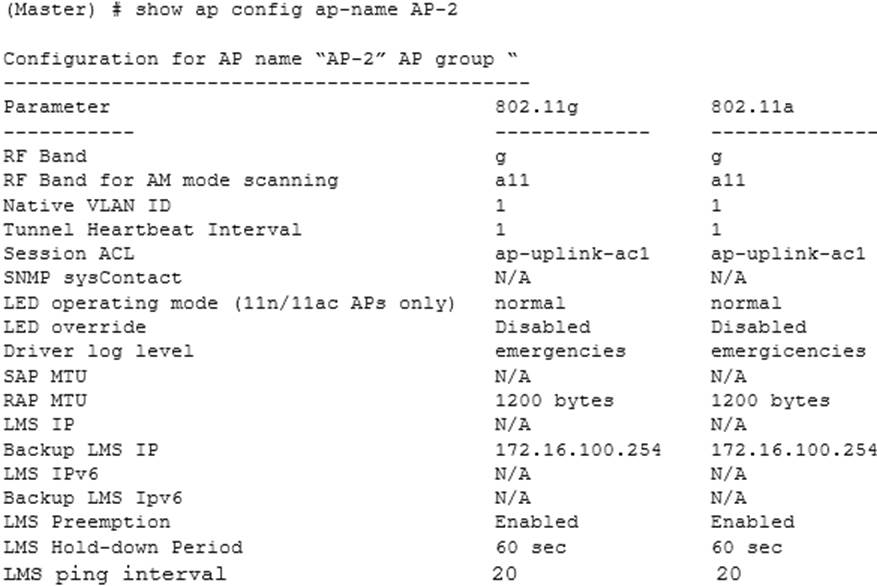
Based on the configuration shown in the exhibit, what will happen with the AP?
- A . AP will terminate on the Backup LMS.
- B . AP will initially terminate on the Master controller and move to the Backup LMS after 60 seconds.
- C . AP will terminate on the first controller it discovers.
- D . AP will not terminate on any controller because LMS IP is not configured.
Refer to the exhibit.
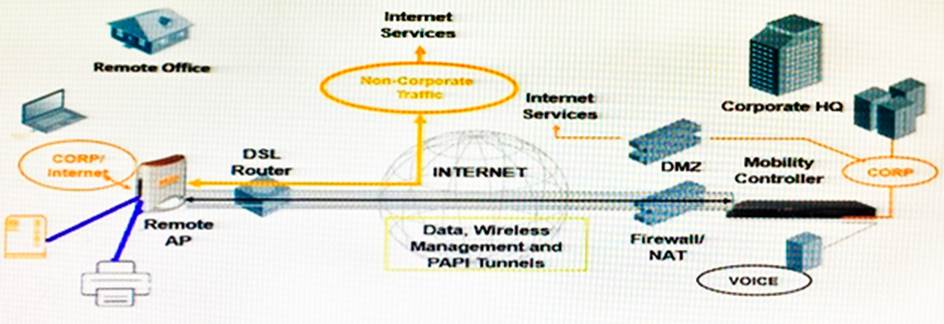
A network engineer needs a solution that allows employees at the remote office to access the Internet and other local resources, such as printers and storage. Employees should be able to access these resources even if the VPN connectivity between HQ and the Remote Office fails. As per the requirement, RAP should broadcast two SSIDs, CORP and LOCAL. The LOCAL SSID should not be visible to the employees as long as the VPN connectivity between Corporate HQ and the Remote Office is up.
What is the recommended solution to meet the requirements?
- A . RAP Operation mode of the CORP SSID should be Backup mode.
- B . RAP Operation mode of the LOCAL SSID should be Always mode.
- C . RAP Operation mode of the CORP SSID should be Always mode.
- D . RAP Operation mode of the LOCAL SSID should be Backup mode.
Refer to the exhibits on the tabs.
Exhibit 1

Exhibit 2
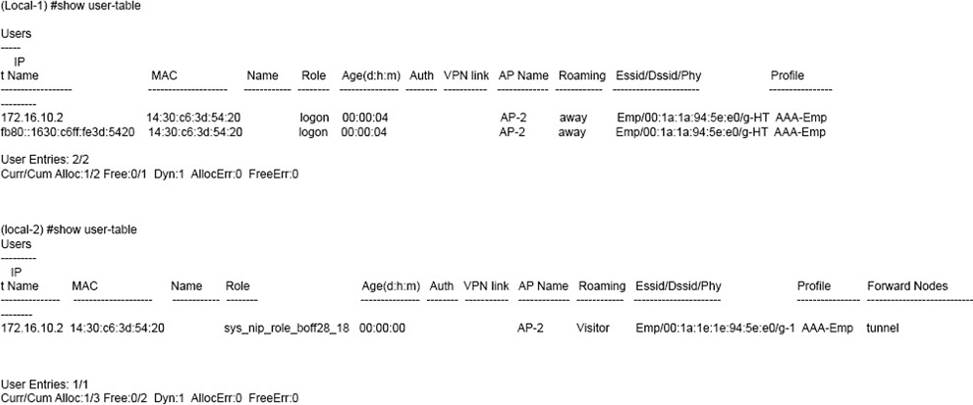
The exhibits display the output of “show” commands on the Master, local-1, and Local-2 controllers.
Based on the output, what is true about client roaming?
- A . The client did not roam because the client IP address is not changed.
- B . Mobile IP is enabled and the client roamed from the Local-1 controller to Local-2 controller.
- C . Mobile IP is enabled and the client roamed from AP-2 to AP-1.
- D . Mobile Ip is enabled the client roamed from the Local-2 controller to local-1 controller.
Latest HPE6-A40 Dumps Valid Version with 60 Q&As
Latest And Valid Q&A | Instant Download | Once Fail, Full Refund

